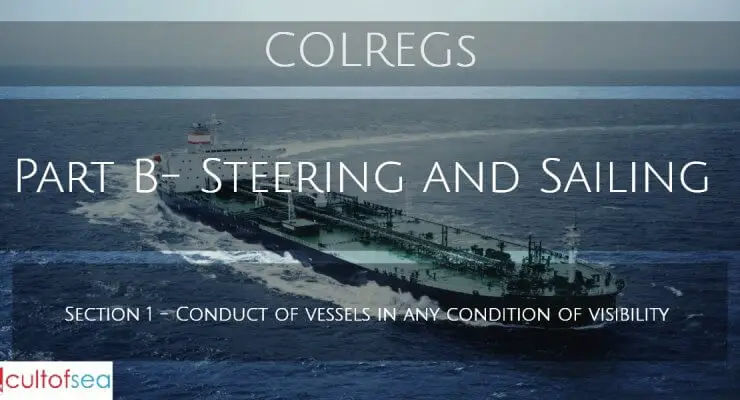Section 1 — Conduct of Vessels in any Condition of Visibility Rule 4 : Application Rules in this section apply in any condition of visibility.Meaning: The above section applies to all vessels and under any condition of visibility that is good visibility as well as when under poor visibility whatever the cause may be. … [Read more...]
